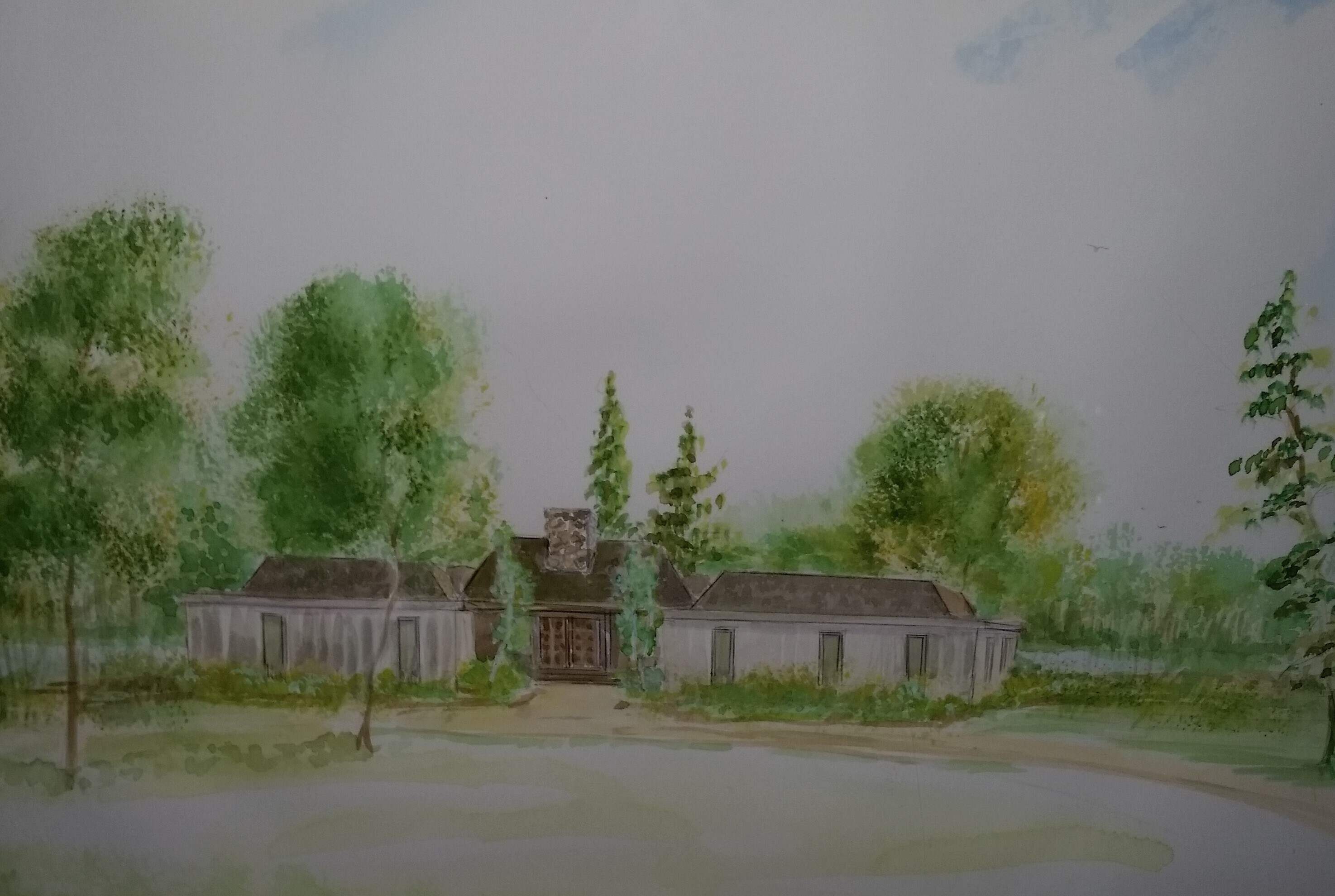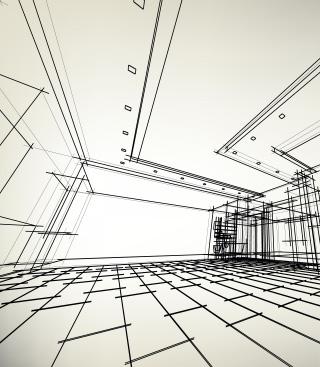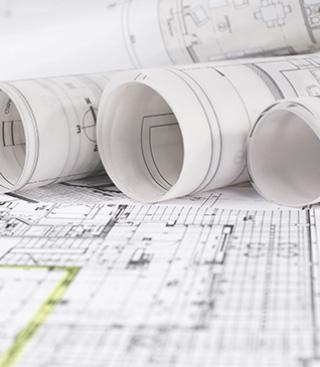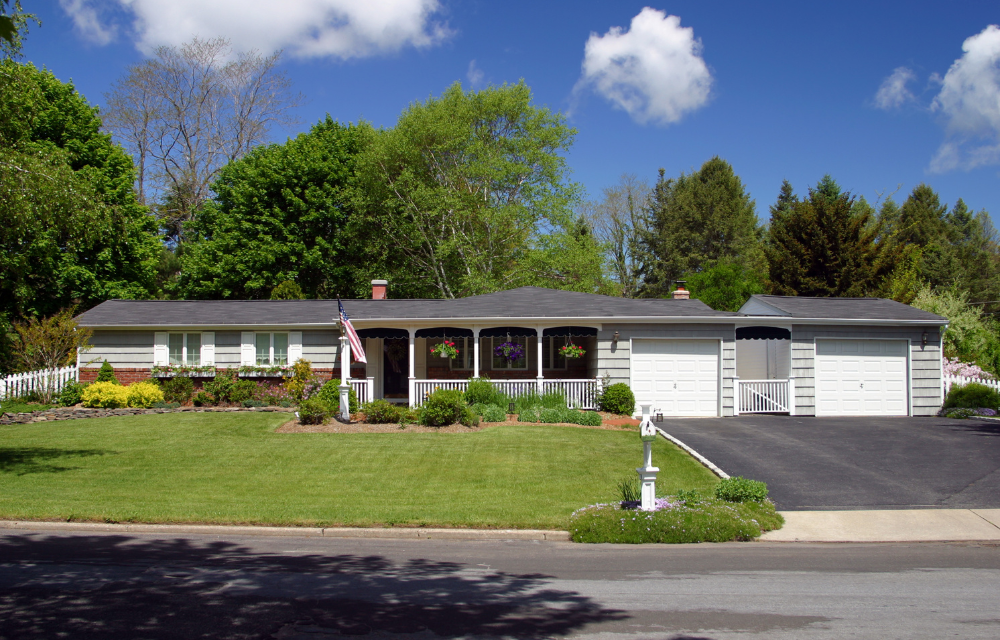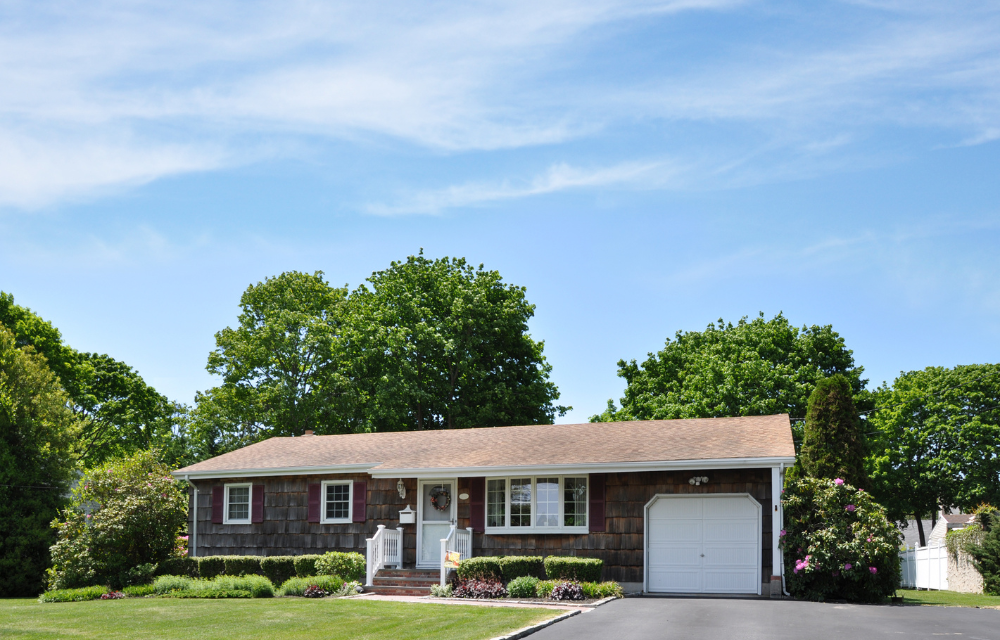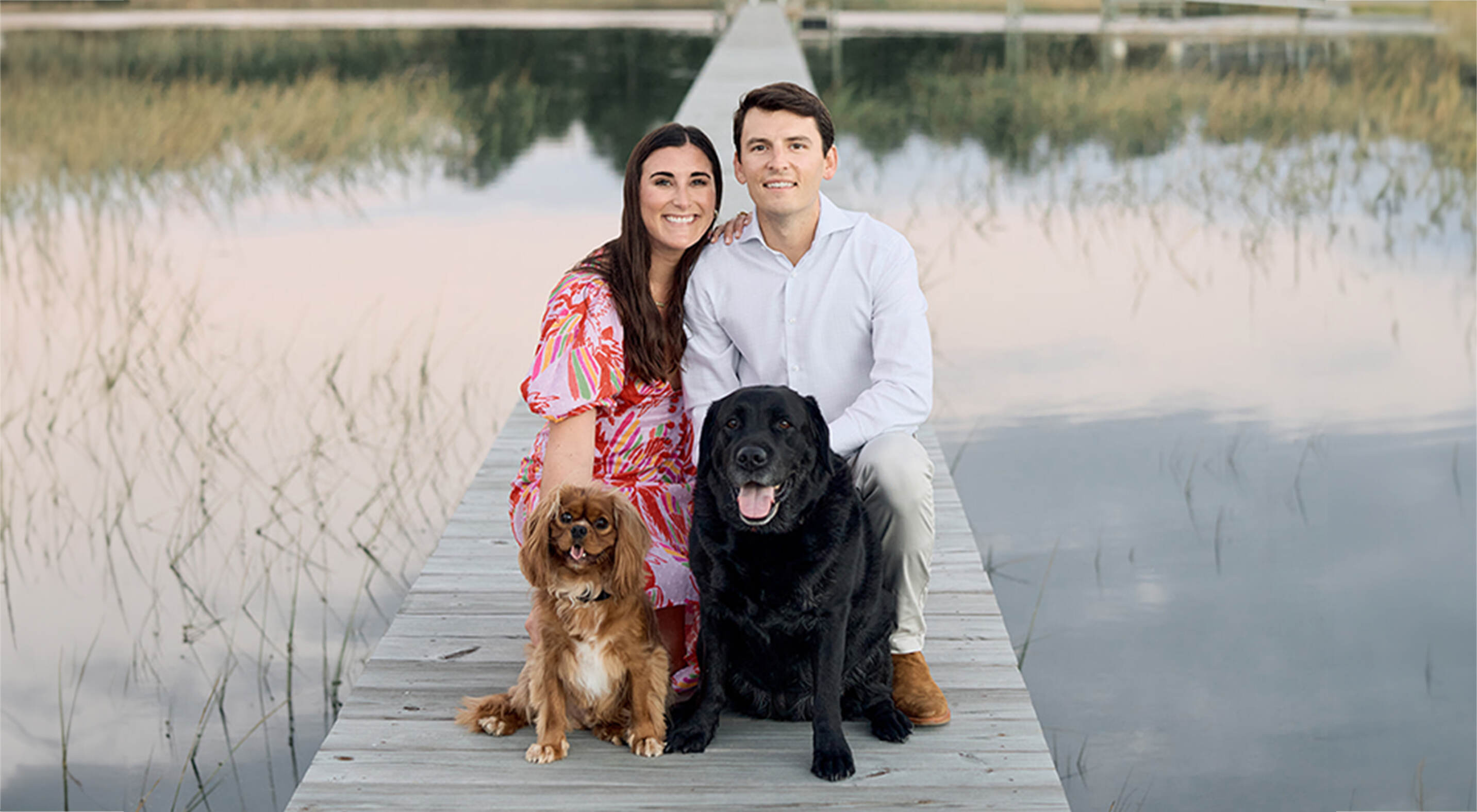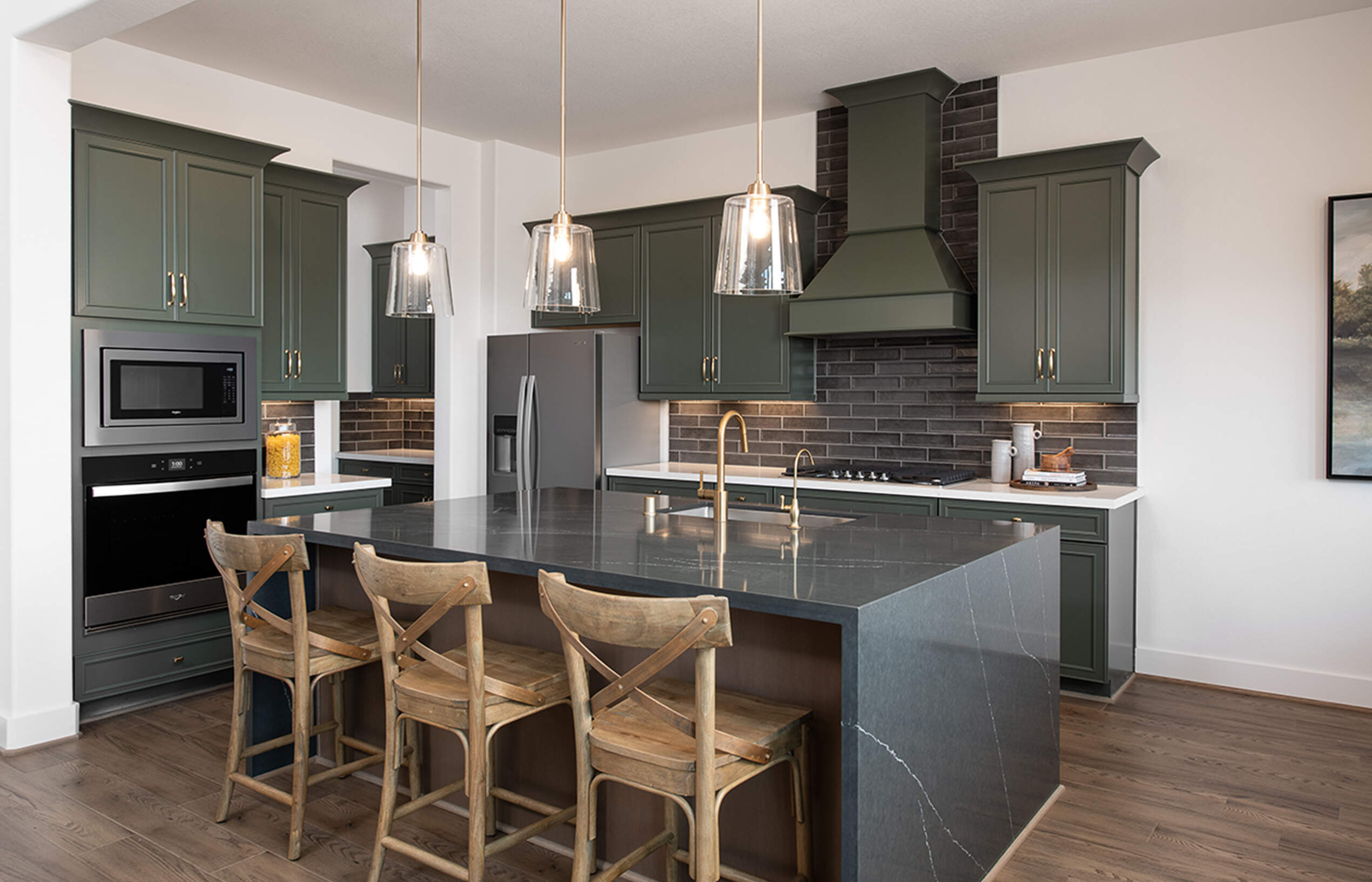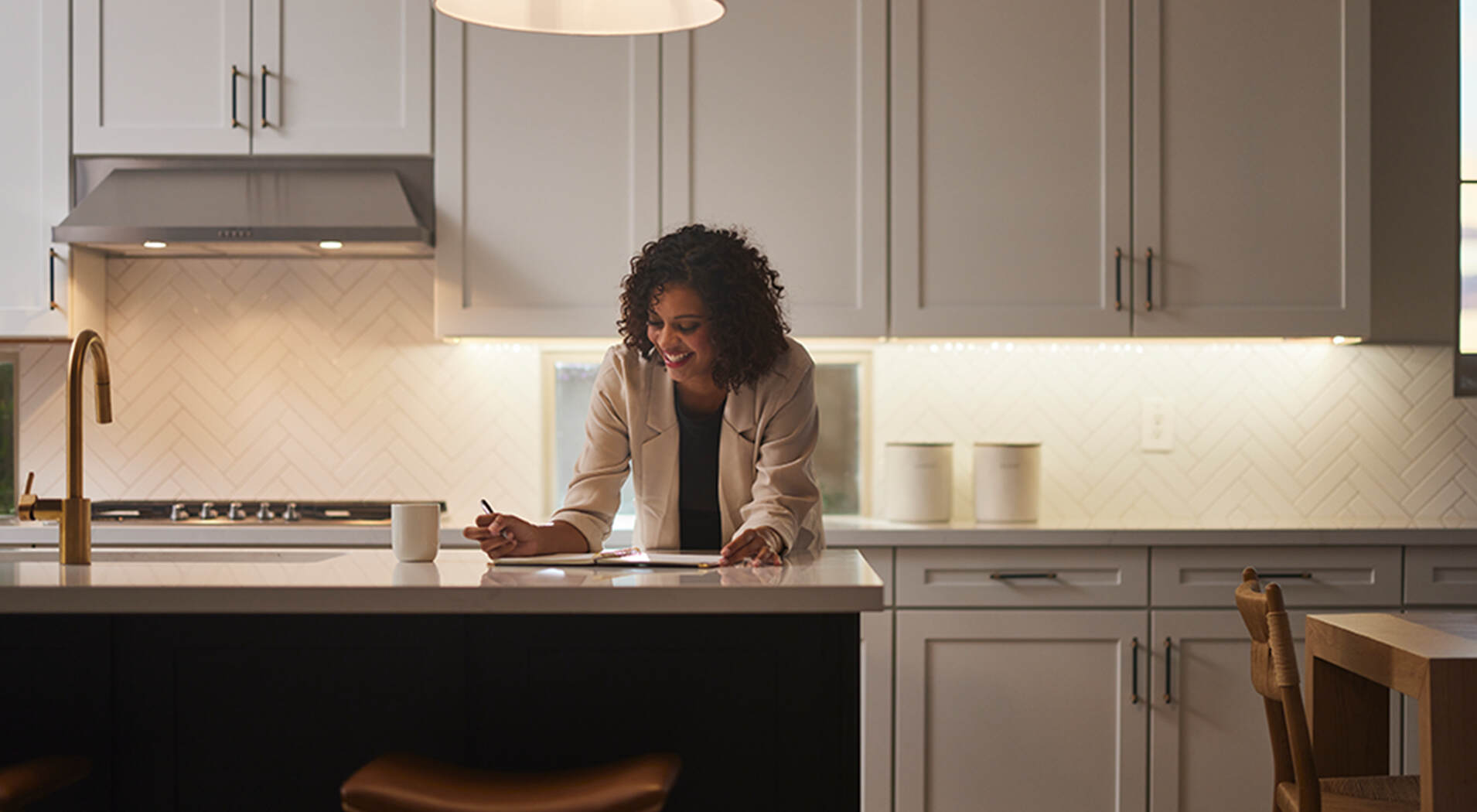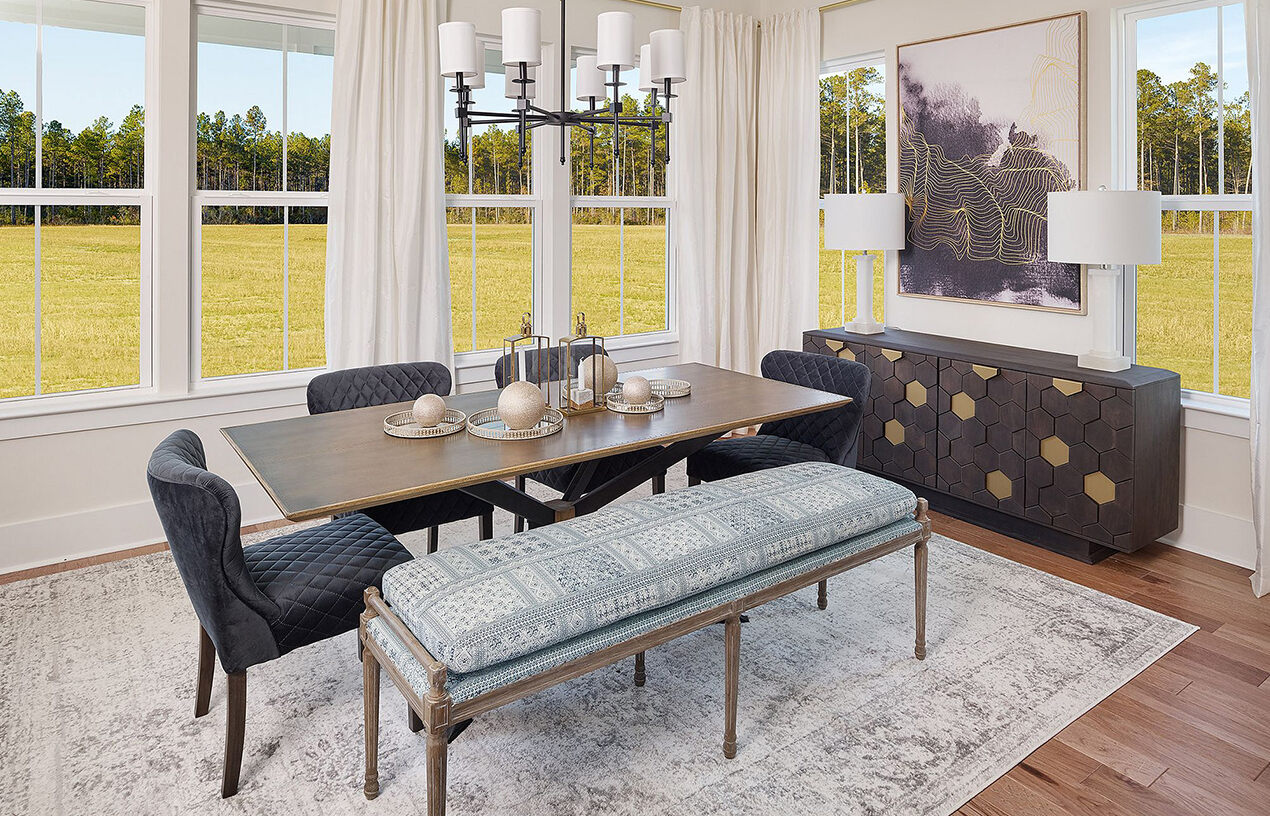As we lived in a small town and in a rather rural neighborhood, we had no architectural review boards or design guidelines to adhere to. Everyone maintained their houses, and for the most part, their yards, quite well. Without restrictions come things that you need to watch out for. Shortly after the fire, with the five of us scattered across town staying at various friend’s homes, we were reunited in a mobile home parked smack dab in the middle of our driveway. I thought it was the coolest thing. They rolled it in with carpet, furniture, and pictures hung on the wall all neatly in place. It was cool for a second and it then it got really small really fast. But as they were rebuilding our house, I had a front row seat, again, watching in amazement as it took shape and form. The nurture part of this story continued to impact me. Over the next couple of years we enclosed the garage to create a game room and built a detached garage. Again, I marveled at the morphing of this place that we called home as it evolved to meet our family’s needs.
As we continued to live in the house, things started to get a little tight as our lives changed. The breakfast table got cramped when we had friends over. Parties overflowed the rooms that were meant to hold them. Family visitors were sleeping in nearby motels—nearby being a relative term.
It appeared that dad’s career was going to keep us in this sleepy little town where everyone knew your name, where people kept their doors unlocked, and everyone climbed out of the woodwork when you needed something. After growing into one house we decided to meet with an architect when I was eleven to start designing our dream home— our forever home.
The architect’s office had models of houses all over the place and plans and elevations in varying stages of completion scattered about. His drafting table was mesmerizing. Before we got started, he let me draw a plan of our house—how I envisioned it, on his drafting board.
I was in heaven, but the house was a nightmare. Even though I grew up in a small rural town, we actually always had the luxury of indoor plumbing. The house I designed had no bathrooms or closets (I know this as my mother saved the plan). Luckily, it has been kept away from my employers…
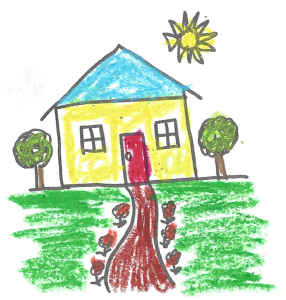
Source: The Blueberry Girl
As the house started to take shape from our collective ideas—pictures from magazines, spaces enjoyed in our current home, and the sage advice of our architect, I saw an entirely different perspective of how a house is designed, massaged, and evolved to become a true home. Our traditional split-level house that had been such a great home to us five, was being replaced by a contemporary single story home modeled after a house that my mother had seen in a magazine (long before Pinterest and Houzz).
During the construction of the house, my friends and I cleared the land to open up views from the rear of the house to the pond behind the house. There were many days I spent more hypnotized by the concrete being poured, the stud walls going up, the roof, the sheet-rock, and the finish materials being installed, than I was cutting down trees and pulling out stumps from what would soon become “Patrick’s Pond.” Move-in day brought in our familiar belongings—reinterpreted and reinvented in this new space. It felt like home immediately when all of us, including our pets, settled in. It became alive when our friends and extended family experienced it.
And it was then that I knew that I wanted to be intimately involved with home building when I grew up. I was bitten by the architecture bug and started pursuing architecture classes in high school and then college, where my bubble was burst when I was told I would have to wait until retirement to design houses, as there is no real demand for residential designers.
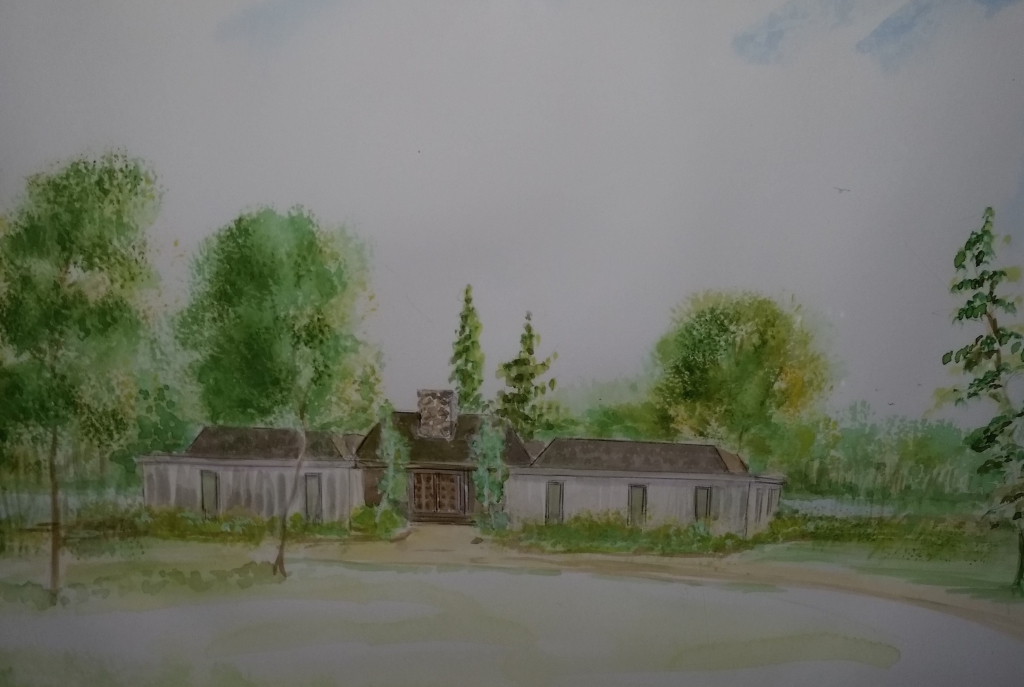
Patrick's Pond House
I was drawn into residential design as a result of both nurture and nature and with a passion that goes to my very core. As a building type, a home design evolves at a fast rate and is scaled to allow for experimentation. It has the capacity to easily marry both architecture and design. The passion involved with the typical owner, architect, and builder relationships runs much deeper when you are designing a home than that when you are working on a school, an office building, or a resort design. The end user is front and center in the conversation when you are designing a place that someone will call home. We are shaping the environment where they will live. If we do it right, they will live richer, better lives. With commercial buildings, you are using design to create a feeling and a place that will stimulate people or make working in that environment better, but the heart and soul is often wrung dry by the bean counters. With a home, no matter the cost, the design impacts the resident and they deserve the best house that they can get from their budget.
Residential design is alive and well at Ashton Woods, and I cannot begin to tell you how happy I have been to be a part of the design team that creates our homes —and, more importantly, your home.

